'Rapha came out of my frustration that cycling was this weird niche thing that people thought was sh*t' – an exclusive sit-down with Rapha founder Simon Mottram
Few brands can match the impact Rapha has had on cycling culture but as the marque celebrates its 20th anniversary, it's grappling with shifting tides
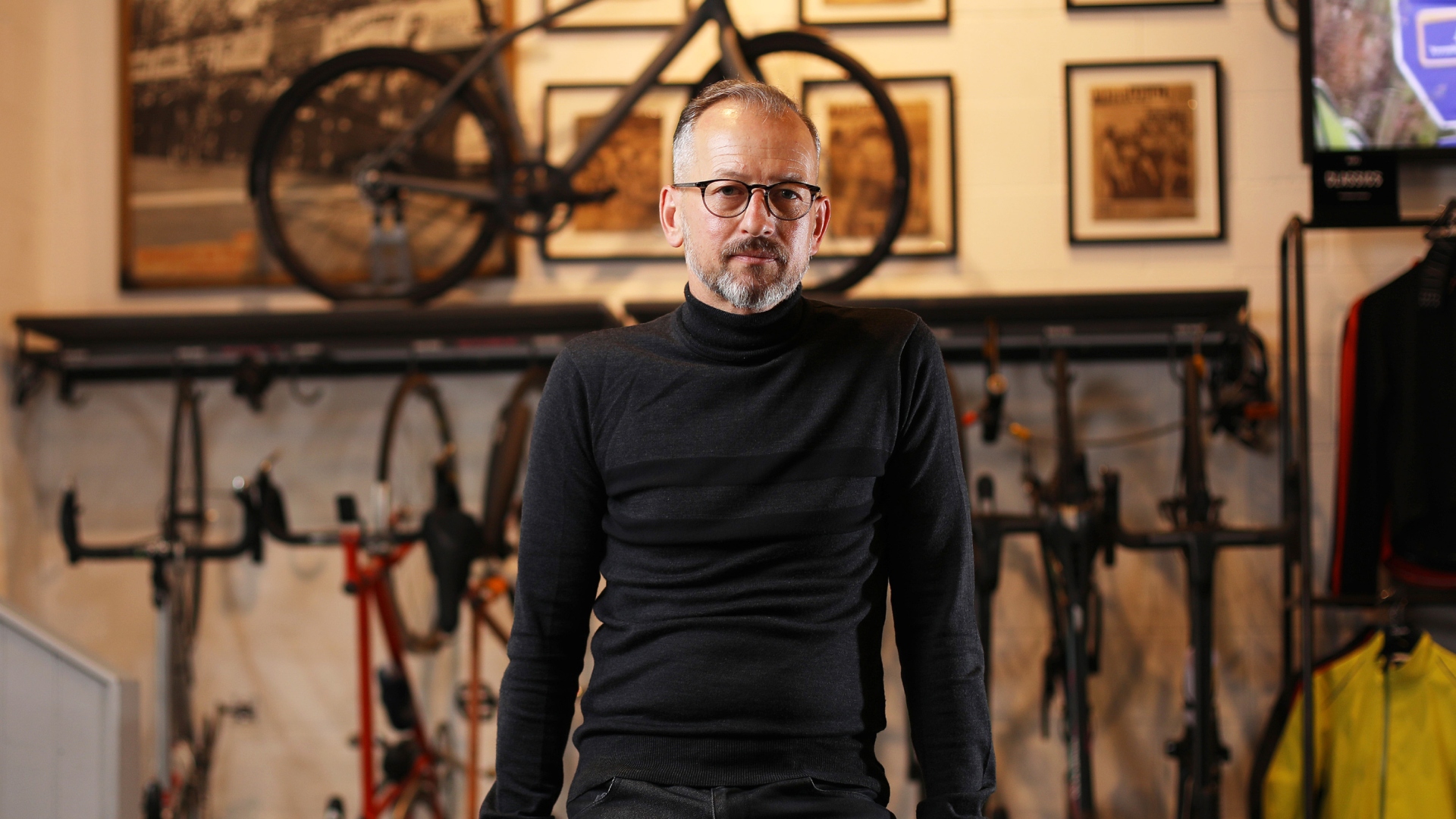
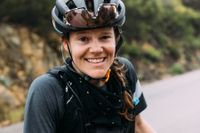
In cycling culture, few brands have woven their threads as deeply and beautifully as Rapha. Since its inception in 2004, the British brand has redefined what it means to be a cyclist and what one looks like.
From the outset, Rapha captured the spirit of cycling—a sport that is as much about the beauty of the ride as it is about the grit and determination that fuels it. Enthralled by the age in which cyclists were as famous as film stars, when pros rode with panache instead of high-tech gadgets, Simon Mottram, started the brand with the bold proclamation that cycling is the toughest and most beautiful sport in the world, and then invited the world to fall in love with it, too. Mottram saw the art and beauty in cycling despite the garish, polyester apparel of the time. He introduced the world to cycling fashion, combining form and function in a way that had never been done before.
More than just giving us something to wear, Rapha encouraged us to celebrate our passion, to wear our love of cycling with pride, and to invite others to come along for the ride. Rapha pairs inspirational storytelling and stunning visuals with clubhouses, events and riding groups, turning cycling into the shared experience that ties the WorldTour with the weekend warrior.
For two decades now, Rapha has been an integral part of the cycling narrative, but as it celebrates its 20th anniversary, the brand is grappling with shifting tides and reporting financial losses for the seventh year in a row. Rapha may have written the playbook on how to become a successful cycling brand but are emerging competitors beating them at their own game? Is it possible that Rapha’s growth has changed its identity? And who even is the Rapha rider anymore?
We sat down with Simon Mottram in the picturesque Luberon region of southern France to find out. Rapha had invited Cycling Weekly to join Mottram, newly appointed Rapha CEO Fran Millar, and some of the brand’s most passionate followers, the RCC members, for a few days of riding in the region where the cycling infatuation started for Mottram: Provence and an ascent of the formidable Mont Ventoux.
On the eve before our ascent, we sat at a sunlit table on the grounds of the luxurious Capelongue Hotel, surrounded by serene valley views, enjoying a pre-dinner tea. We talked for a full hour, covering the brand’s two-decade journey, the challenges of sustaining a visionary brand, and his thoughts on the brand’s future as he lets Millar set the course.
The following is an excerpt from that conversation, edited for clarity and cohesion.
The latest race content, interviews, features, reviews and expert buying guides, direct to your inbox!
In Simon Mottram's own words
Then
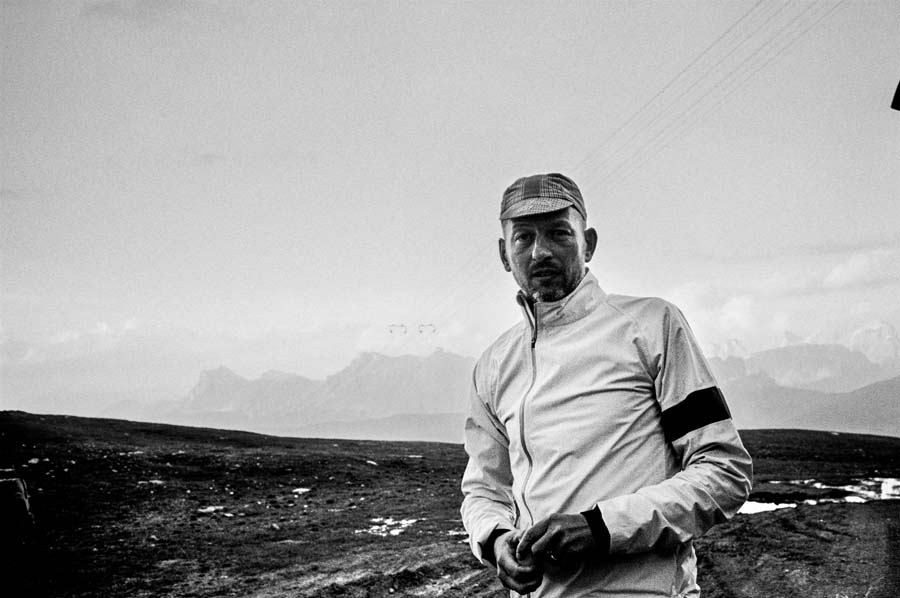
Simon poses for a quintessential Rapha photo
Let’s go back to the beginning. What sparked the creation of the brand?
I'm not sure there was a spark. It was more of a process of immersion. I just really wanted to create something. I'm not a designer or anything, but I'm quite creative and I wanted to create a brand.
Growing up, being an entrepreneur was a great thing. You should find the capital, you should pursue your ideas, and you should build a business. It's a very American thing, but it came over to the UK and it probably became worldwide. So I grew up with that being a sort of drive… I spent 15 years advising brands and you know, some people are really good at being an advisor. I still don't think I'm very good at it.
Why?
Because I think I have the answer and I want to see it happen. Whereas if you're an advisor, they can take your advice, but they can choose to ignore it, and clients often ignore it or it gets held up in the process. And I used to find that really annoying.
What brands or businesses inspired you at the time?
At the time, Nike and Apple were the greatest brands – brands had gone from being packaged goods to being organisations and much bigger. It was all about behaviour; it was about culture. And I wanted to create a brand that was all of those things. So I wrote a few business plans, and explored a few ideas with different people and they were all terrible.
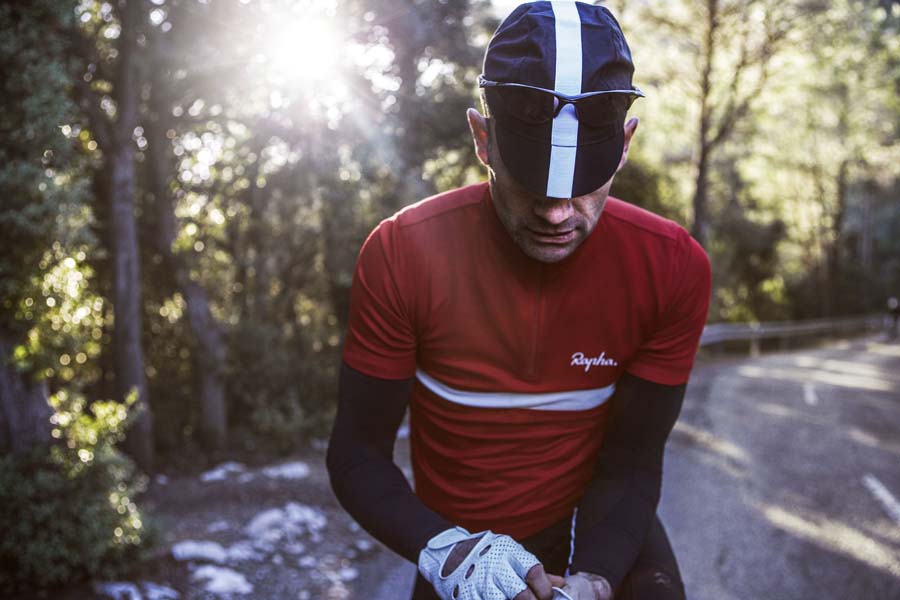
Like what?
A software business and a couple of agency ideas but my heart wasn’t in it. When I'd finished my work at the end of the day, and I'd finished all those things, I'd put them away, and I'd get my photographs out of cycling, and I'd start doodling, and I'd start writing.
Eventually, I'd done so much doodling and writing, I started writing a business plan. Rapha initially came out of my passion for cycling and my frustration that it was this weird niche thing that people thought was shit. People just thought cyclists were losers, and I was like, no, this is the greatest sport in the world, so I wanted more people to get it.
The purpose of the business was always to make cycling the most popular sport in the world. These days, they've reinterpreted it as ‘inspire the world to live life by bike,’ which is kind of the same thing, but slightly different.
Pog is an amazing guy, but I don't think Beyoncé is on speed dial.
How did you decide on apparel as your brand’s main product?
There were always really nice bike brands all the way through the 70s, 80s, 90s. But the clothing was terrible. And Assos was kind of aspirational because it was technical, but you didn't want to wear it because it was not styled by people who were from this planet.
If you live in London, you're surrounded by fashion and style—it's a cool place. So I used to buy Assos, and it was a great product, but it just wasn't me.
Inspiration came from the book Le Tour de France Antilles, Intimate Portrait of the Tour de France I was gifted for my birthday. There were these beautiful black and white pictures of Merckx having been punched in the kidneys or Anquetil combing his hair in the mirror or Coppi with his feet in the bidet. And they just look like film stars, because they kind of were at the time in Europe. And they hung around with film stars… [Tadej] Pog[ačar] is an amazing guy, but I don't think Beyoncé is on speed dial.
There were two things about that book that were interesting. One, there were no bikes. There were very few shots of people on bikes but it was about the human beings. And I thought that's absolutely where our brand has to go. It has to be about the human experience. It's a personal, emotional thing… The second thing was the aesthetic because they were mainly shots from the 60s and 70s when sublimation hadn't been invented. So if you wanted a logo you had to stitch a panel on it so you didn't mess around too much. You might put something here and something there and keep the rest plain. And funnily enough, that looked much better than pictures of bears or waterfalls or whatever you can do with sublimation.
At that point, it was easy: you find a picture of Eddie Merckx, and then you go and look for better fabrics, the best zips, etc.
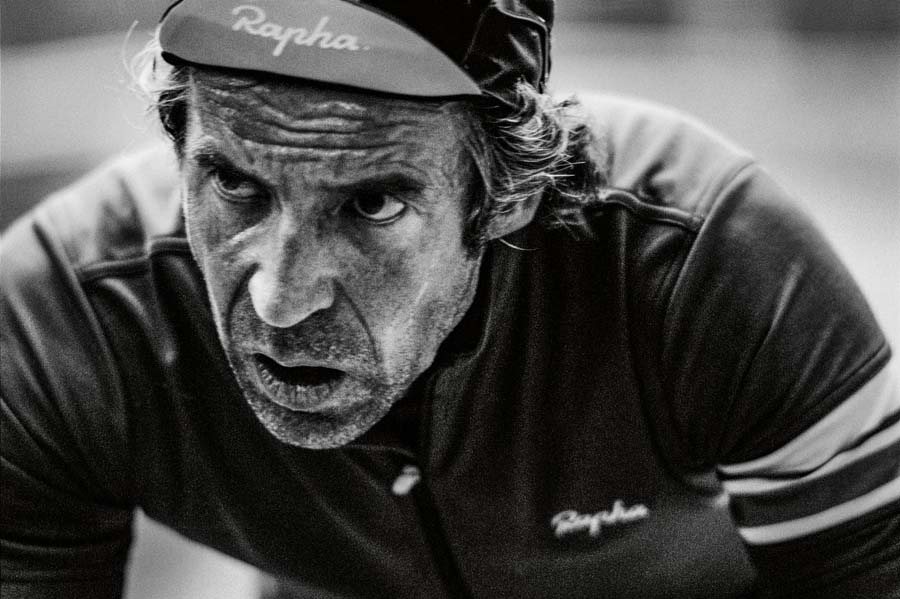
Suffer. This is Rapha's third brand value.
"I have to always explain what Suffer means, and it's not to hurt yourself," says Mottram. "It's about drive and determination, and it's what we do on a bike, and if you don't suffer on a bike, you don't really get any better, and you don't really get the full experience. That's absolutely the centre of what cycling is all about: risk, the proportionality between effort and reward."
And make it high-end?
Cycling had this value problem—everything needed to be cheap. I go to Selfridges and I buy a cotton shirt for £100, yet we won't pay more than £35 for a jersey that's going to have pockets that carry all my food and my tools, and I'm going to sweat in it for eight hours? This is vital piece of equipment, and I can only spend £35? This is wrong.
So I thought, right, now I'm not going to be determined by the price points of the market. I'm going to put it where I think it should be. Which is on a par with other sports, really.
I knew that customer because I was one. And I knew that their time was precious. They often had families or big careers or whatever, so when they go riding, it's not just going riding; it is their escape, their release, their ‘me time’. It's self-defining, almost. It's so important to them, so if they feel like that, then I can probably persuade them to spend a bit more on a pair of bibs and get quality. It had to be good quality, it had to be performance because we're riders, and I would never wear something that looked great but was terrible. So we called it performance roadwear when we started. And it was really important to say performance because it looked quite vintage. But we didn't want to be a retro brand that's just looking backwards—we wanted it to be timeless.
And the concept took hold?
The great thing was, the industry was so lazy and so traditional, it had just fallen asleep. There were fabric technologies and fabric innovations out there in other sports and through the mills, but no cycling brand was asking for it. So it was really easy doing it. Well, it's hard work to do it, but there were no barriers, really apart from hard work.
The story continues:
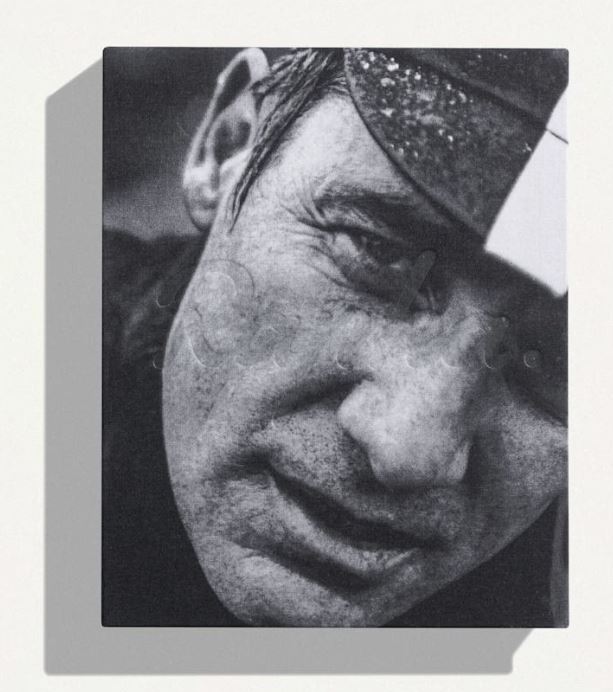
Read more about Rapha’s origins in 'The Extra Mile', a beautifully curated coffee table book that tells the inside story of how the brand was built. It’s narrated by Simon Mottram and more than 30 Rapha staff, friends and collaborators.
Looking back now, you, Rapha changed how we look on a bike. Rapha made cycling look cool. But was it successful immediately?
Oh, it took some time. It took four or five years to turn a profit. We started with 140 grand; we didn't have much money, and it was a real risk opportunity. We had to go for it and create the market, and it took a while to get there… There had been no cycling fashion. No apparel brand had done this. There was no lifestyle brand in cycling. It was a virgin territory and it took time to percolate.
During those initial four years of no profit, were there any doubts?
I never really doubted about the product. The doubts with Rapha have always been about execution. I never doubted that it could be good. I wasn't sure whether there was a massive market, but I knew there was a big enough market to justify a couple of million-dollar business, and there was.
Knowing nothing about garments, never having done e-commerce, never run a company like that – that was the doubt. And that's still the biggest challenge.
Now
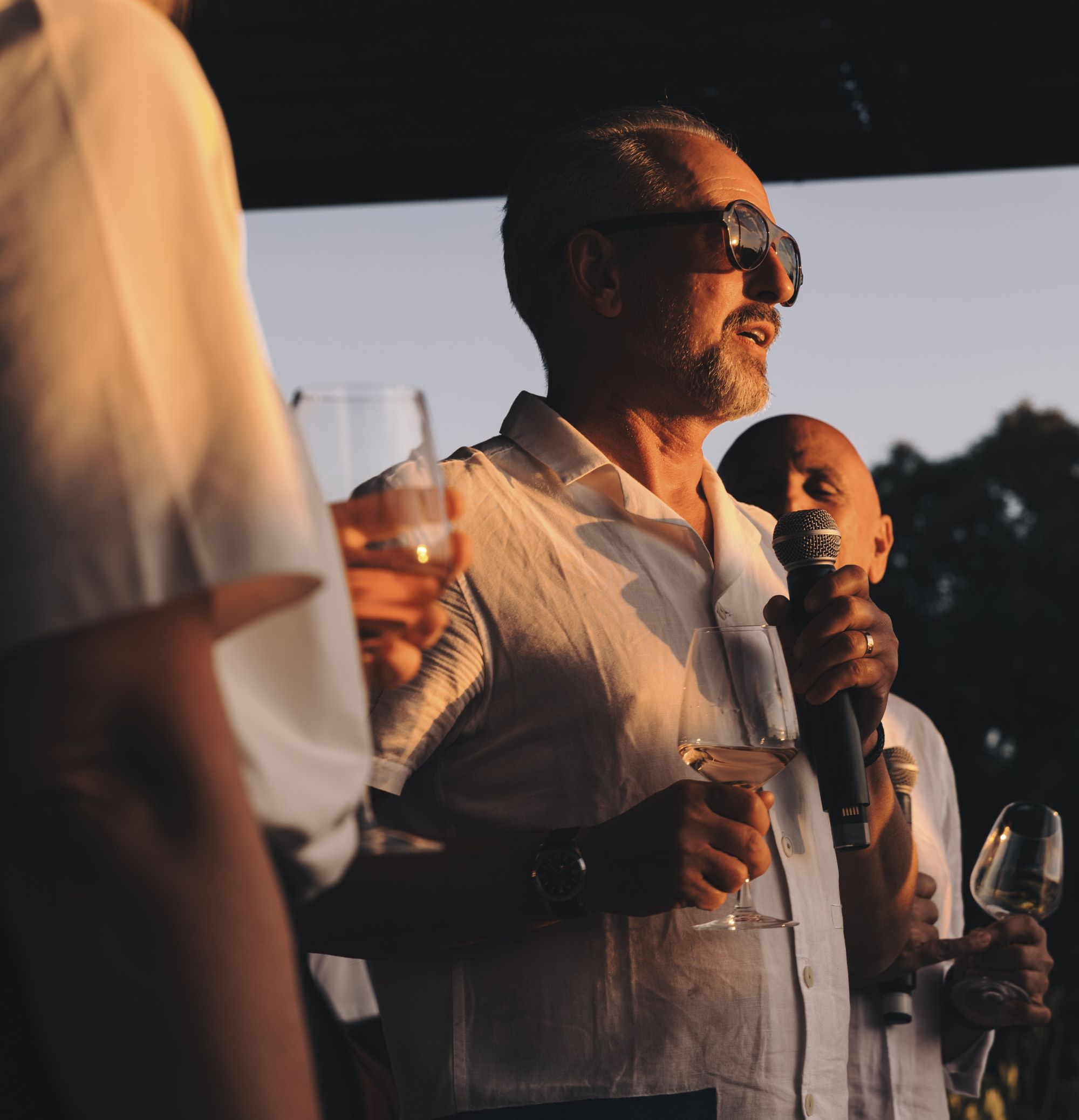
Simon Mottram addresses RCC members at the 20th anniversary RCC summit in Bonnieux, France
Introducing Fran Millar
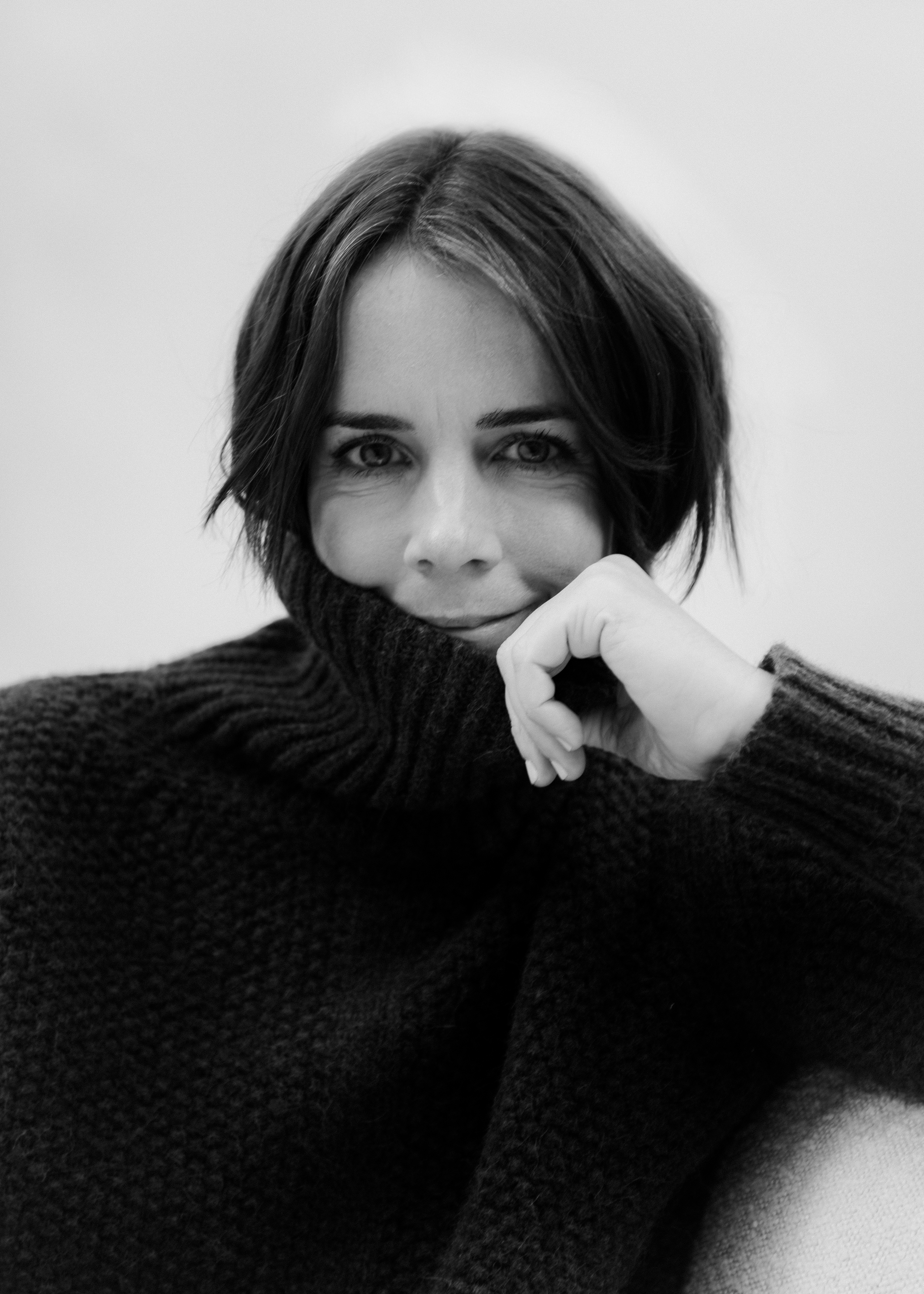
After 17 years at the helm, founder Simon Mottram stepped down as Rapha CEO at the end of 2021. He continues to remain involved with the brand in an advisory capacity. Following Mottram, William Kim held the CEO position briefly, but he left for personal reasons later in 2022. Francois Convercey and Daniel Blumire served as joint managing directors until, in August 2024, Fran Millar was appointed as CEO. Millar most recently served as CEO of the British clothing brand Belstaff, but many may remember her from her time as CEO of Team Ineos and her various roles at Team Sky she has held since 2008.
Today, Rapha is a $110 million-dollar company, but it’s having some struggles. The company recorded financial losses for the seventh year in a row, with its losses deepening by over £10 million
There is a lot of financial reporting detail that goes behind those lost numbers. We've been breaking even for the last two or three years.
Ok, but ideally, you don’t want to break even
Totally, and we should be making 10 per cent plus. That's always the plan and we were before. It's not about scale because we're not big. 100-110 million pounds is not a big company, it really isn't.
The approach to Rapha was never, let's see how big a piece of the pie we can get. No, we created another pie, and it was called Premium Apparel. It's a sort of lifestyle proposition in the nicest way. It's an experiential brand. It's about furthering our relationship with cycling and improving people's relationship with the sport. So we're not defined by market share.
It’s hard to keep growing, but I firmly believe Rapha could be a 500 million-dollar business. We can get there —it’s not because there is a lack of opportunity, it’s a lack of execution, I think, and I reached the point where I probably wasn't the right person to do all those things.
If you read some of the complaints online, many argue that Rapha has changed too much, is going too broad with its product offerings or simply, ‘sold out’. What do you make of that?
To be honest, the last three years, we've probably followed the rules of the market a bit too much. We've lost sight of how we think for ourselves.
The brand has changed a lot and developed a lot since we started, but I would argue that there's a red thread that runs through it that's still the same as it's ever been.
I think there are two or three brands that are doing our playbook better than we do it. For the last two or three years, that's been the case and that's just not acceptable.
Is there a certain element in this market where you’re being beaten at your own game? You wrote the playbook on how to build a successful premium cycling brand, and now others benefit from that. Does that irk you at all?
Yeah. And all of that definitely is true. It always used to irk me that no one gave us credit. The clubs, the ride, the fact that they even all got .cc as their URLs—it's like they have no idea that no cycling brand would have that if we hadn't done it first… I think there are two or three brands that are doing our playbook better than we do it. For the last two or three years, that's been the case and that's just not acceptable.
But I don't think we need to double down on what we used to do. The whole point is that we've established the playbook, and it has to keep moving forward and changing, and that's what I think Fran will do. She'll tell you that's her number one priority: to find a better version of the playbook that drives more demand and gets the business motoring and that she can galvanise the culture behind. And I think she's well up for the task.
The Riding

Gorge de la Nesque
This nearly 120-mile (190km) route Rapha put together is not for the faint of heart but the effort is worth the reward. The ‘Géant de Provence’ is a mountain of legend, mystique and barren beauty. Its steep ascent and wind-swept summit have challenged even the strongest of cyclists, and generated plenty of tales of heroic exploits. First included in the Tour de France in 1951, the paved route from Bedoin is a legendary climb that stretches just over 12 miles (19km) and gains 5015 feet (1528m) of elevation to an altitude of 6263 feet (1909m).
Having ridden the equally iconic Alpe d’Huez earlier this year, I can tell you that Ventoux is the greater challenge. But the hard work was rewarded in the most spectacular way: descending the tunnel-lined rim road of Gorges de la Nesque. 11 heavenly miles of grin-inducing speed, railing corners, dodging fallen rocks and taking in vast canyon views instantly made this one of the Top 5 roads I’ve ever had the pleasure of riding.
The Interview Setting

The Luberon region in Provence, southern France, is a cyclist's paradise, and home to the iconic Mont Ventoux as well as, my personal favourite, the tunnel-lined rim road of Gorges de la Nesque.
The Luberon boasts a rich history and vibrant culture, highlighted by local markets and authentic Provençal cuisine. Its mild Mediterranean climate makes it ideal for year-round cycling, complemented by unparalleled hospitality. During my visit, I split my time between two Beamier hotels: the Capenlongue in Bonnieux and the Le Moulin in Lourmarin.
Capelongue is a stunning neo-provincial estate sitting on a manicured 5-acre property that houses three restaurants—one of which has a Michelin star–two pools and 57 rooms. Le Moulin is located just 10 kilometres away, in the valley below and neighbours a 12th-century fortress. The hotel is housed inside a beautifully converted mill, and balances provincial charm with modern conveniences and trendy offerings like delicious food and cocktails, a pool and, even, a secured storage room for bicycles.

Cycling Weekly's North American Editor, Anne-Marije Rook is old school. She holds a degree in journalism and started out as a newspaper reporter — in print! She can even be seen bringing a pen and notepad to the press conference.
Originally from the Netherlands, she grew up a bike commuter and didn't find bike racing until her early twenties when living in Seattle, Washington. Strengthened by the many miles spent darting around Seattle's hilly streets on a steel single speed, Rook's progression in the sport was a quick one. As she competed at the elite level, her journalism career followed, and soon, she became a full-time cycling journalist. She's now been a journalist for two decades, including 12 years in cycling.